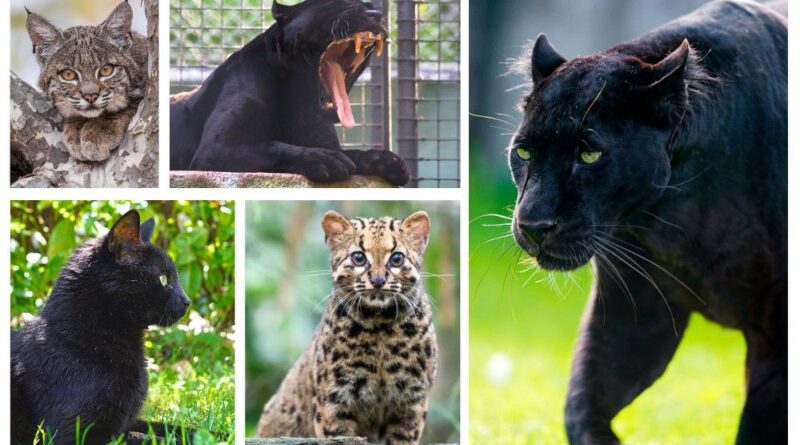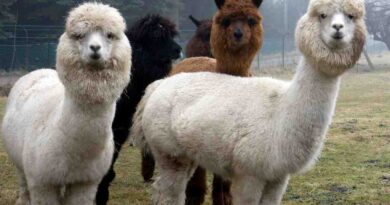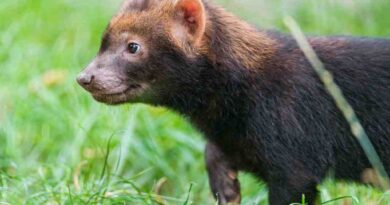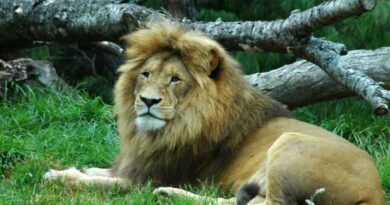Black Cat Wild Cat: Mysteries of Nature’s Elegant Hunter
In a fascinating blend of mystery and science, the black wild cat stands as an enigmatic figure in both folklore and biology. Black wild cats, often enveloped in myth, bring about unique significance in cultures worldwide and are marvels in the natural world. But what makes these creatures so special? Let’s explore their stunning appearances, the genetics behind their color, and their broader cultural significance.
Understanding Melanism
At the heart of the black wildcat’s mystique lies melanism, a genetic trait leading to a darker coat.
What is melanism?
Melanism is a genetic mutation that results in an overproduction of melanin, the pigment responsible for dark coloration. Unlike albinism, which reduces melanin, melanism increases its concentration, giving these cats their distinctive black coats. This trait, seen in 11 of the 37 wild cat species, also includes benefits like better camouflage and thermoregulation. Learn more about melanism and its impact on cats.
Melanism in Wild Cats
Melanism is a unique genetic trait seen in some wild cats, giving them a darker coloring than their lighter counterparts. About 14 species, like jaguars, leopards, servals, Geoffroy’s cats, oncillas, and bobcats, can display melanism, which sometimes results in the iconic look often called a “black panther.” This variation in coloration intrigues evolutionary biologists, as it offers insights into biological and environmental factors that influence pigmentation. For instance, studies of leopards (Panthera pardus) and jaguars (Panthera onca) suggest that melanism may offer adaptive advantages in dense, moist forests where darker coats can help with camouflage. This trait results from mutations in genes like ASIP and MC1R and can be either dominant or recessive, depending on the species. Researchers have mapped the geographic distribution of melanistic cats and found that they often appear more frequently in areas with specific environmental conditions like high moisture and temperature, possibly due to natural selection that favors their survival in such habitats.
Melanism isn’t just a lucky dip in the genetic lottery. In wild cats, such as leopards and jaguars, melanism can provide a better chance of survival, particularly in dense habitats where shadows play with light, making these animals nearly invisible to both prey and predators alike. This adaptation is beautifully outlined in scientific studies like those from ScienceDirect.
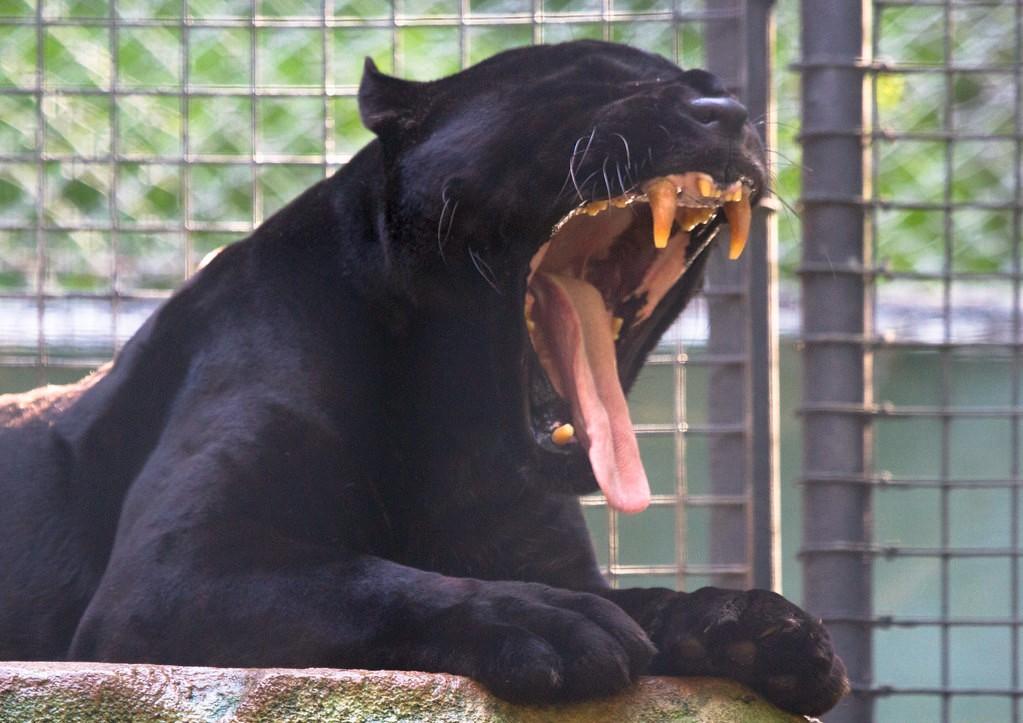
Species of Black Wild Cats
Several wild cat species can have a rare black or melanistic form, giving them a unique, dark-colored coat. Among these are jaguars and leopards, the most well-known black cats, often called “black panthers,” though this is not a distinct species. Other wild cats that can exhibit melanism include servals, Asian golden cats, marbled cats, and bobcats. Each of these species can display this dark coloring due to specific genetic traits, which sometimes help them blend into dense forests. Melanism is a natural variation and adds to the diversity within wild cat populations worldwide.
Black Jaguars
Black jaguars are a unique form of jaguar with a dark coat, a result of a genetic condition known as melanism. Unlike other jaguars, black jaguars have a deep, nearly black fur that allows them to blend into dense forest environments, offering an advantage when hunting. Despite their dark appearance, their distinctive rosette patterns are still faintly visible under certain lighting.
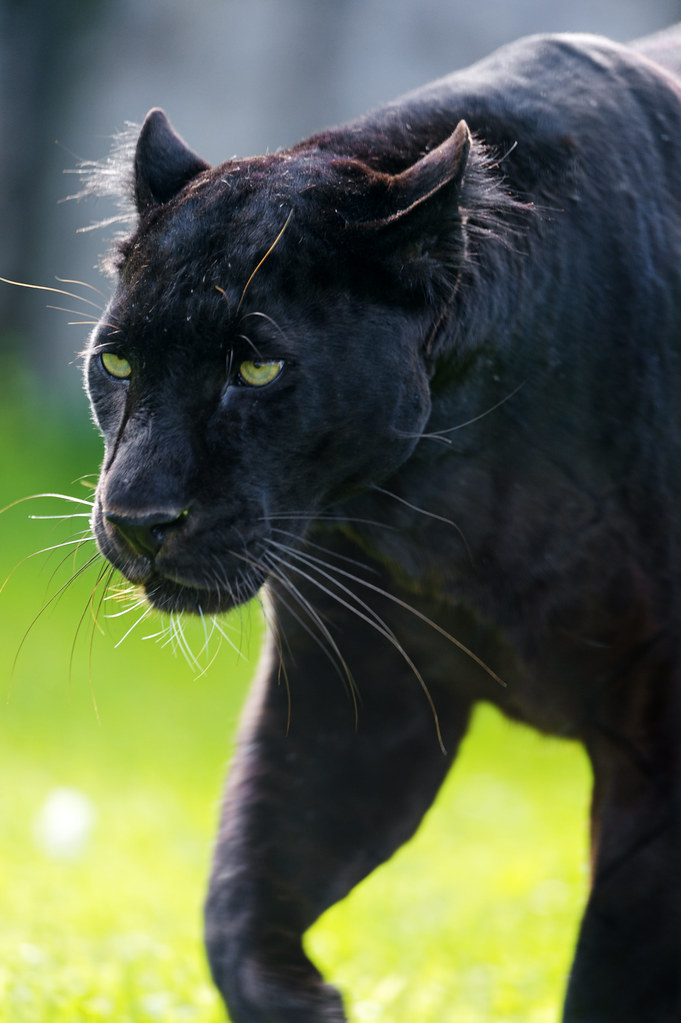
This rare coloration helps black jaguars stay hidden in their natural habitats, primarily in the rainforests of Central and South America. However, they face serious threats due to deforestation, habitat loss, and hunting. Conservation efforts are essential to protect these remarkable animals, as their populations are declining, putting this unique jaguar form at risk. Find out more about their behavior and environment.
Black Leopards
Black leopards are a rare form of leopard with a dark, almost black coat due to a genetic trait called melanism. Although their fur appears black, their classic leopard spots, or rosettes, are still visible in certain lighting. This dark coloring helps them stay hidden in their preferred habitats, especially in dense forests of Southeast Asia and parts of Africa.
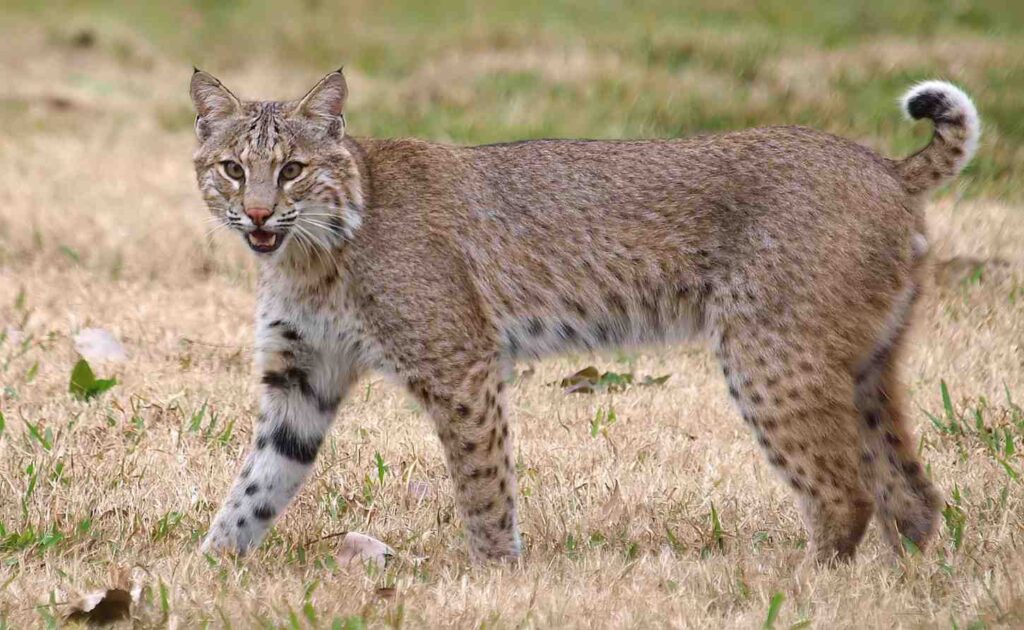
Melanism gives black leopards a survival advantage, helping them hunt more effectively in low-light environments. However, they face threats from habitat loss, deforestation, and human encroachment, which put them at risk. Conservation efforts are vital for protecting black leopards and preserving the rich biodiversity they contribute to in their ecosystems. Insightful details can be found in studies on black leopards.
Other Black Wild Cats
Beyond black leopards and jaguars, several other wild cat species can have a melanistic, or black, variation. These include the serval, Asian golden cat, marbled cat, and bobcat. Each of these species can develop a dark coat due to specific genetic traits that cause the melanism.
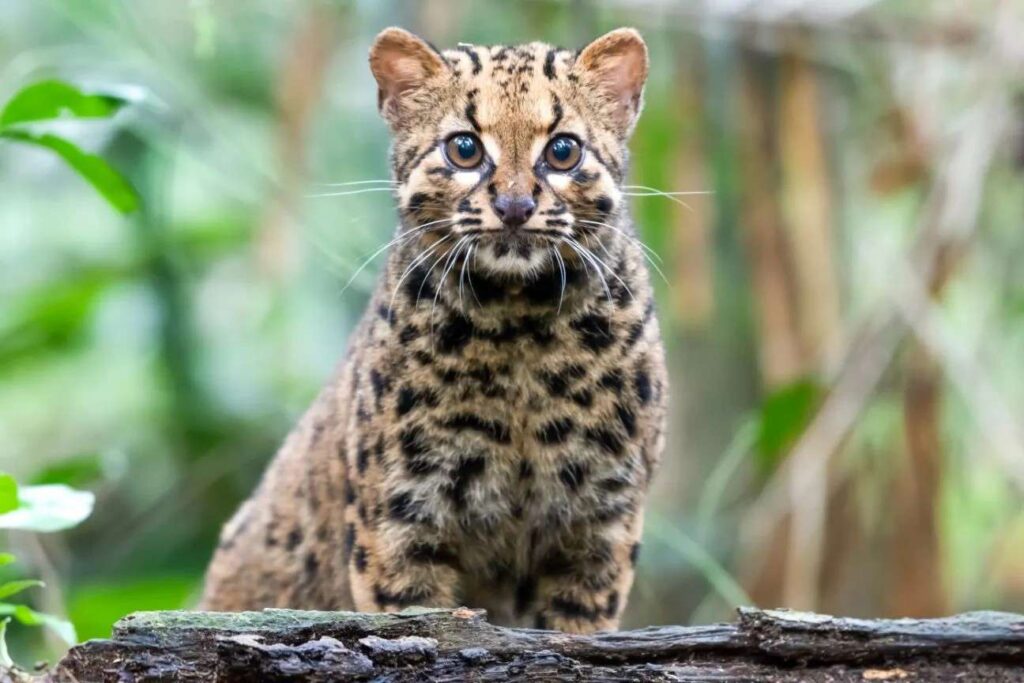
These black wild cats are usually found in dense forest habitats, where their dark coloring helps them blend in and hunt effectively. However, they still face major threats like habitat destruction and human conflict, which put pressure on their survival. Conservation efforts are crucial to protect these rare black cats and maintain their role in balancing natural ecosystems.
Cultural Significance of Black Cats
As creatures of myth and symbols, black wild cats carry profound meanings across cultures.
Symbolism in Different Cultures
In some cultures, black cats symbolize good luck and fortune. In Japan, for example, they are believed to bring prosperity and success. Conversely, in Western folklore, they’ve been unjustly associated with bad omens and witchcraft. These beliefs have been explored in articles such as Discover Magazine’s take on black cats.
Black Cats in Folklore
From ancient Egypt, where they were revered and considered deities, to medieval Europe, where they became symbols of witchcraft, black cats have always had a storied place in folklore. Many fascinating tales illustrate the complex relationship humans have had with these creatures through time, reminding us that culture often shapes perceptions more than reality.
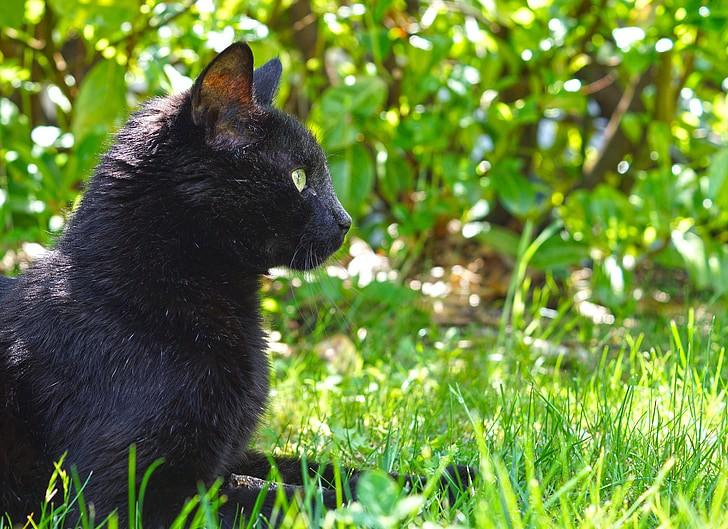
Conservation and Protection
Conservation of black wild cats, such as melanistic jaguars and leopards, is essential to protect these unique animals and maintain biodiversity. These dark-coated cats, often referred to as “black panthers,” aren’t separate species but are vital members of their ecosystems. Habitat loss, poaching, and climate change threaten their survival, especially in regions where dense forests are shrinking. Conservation programs focus on habitat protection, anti-poaching efforts, and raising public awareness to secure safe environments where these cats can thrive.
Protecting black wild cats also involves scientific research to understand their behavior, genetics, and habitat needs better. Melanism in these cats might provide advantages in certain environments, like dense forests, but their survival also depends on broader environmental conditions such as moisture and prey availability. Through monitoring, genetic studies, and collaborations with local communities, conservationists work to create sustainable solutions to ensure these striking animals continue to exist for future generations.

Threats to Black Wild Cats
Black wild cats, with their unique melanistic coloring, face numerous threats that put their survival at risk. Habitat loss is one of the biggest issues, as deforestation and land development reduce the forest cover, they rely on for camouflage and hunting. This shrinking habitat forces them into closer proximity with human settlements, increasing chances of conflict. Poaching is another serious threat, as these cats are often hunted for their striking black pelts, which are highly valued on the black market. Human activities have not only encroached on their habitats but also disrupted their food sources, leaving these animals struggling to survive.
Climate change also poses a growing risk to black wild cats by altering their natural environments. As temperatures shift and certain areas experience more extreme weather, the dense forests these cats prefer become increasingly unsuitable. These environmental changes can lead to a decline in prey populations, further endangering their survival. Additionally, misconceptions about black wild cats, such as the idea that they are aggressive or bring bad luck, can lead to them being hunted or killed on sight. Conservation efforts are essential to protect these unique animals and maintain the biodiversity they contribute to.
Conservation Efforts
Various global organizations are committed to maintaining wild cat populations, including those with melanistic traits. Projects like the Black-footed Cats Conservation Project focus on research, education, and habitat preservation. Their work is vital to ensuring that these enigmatic creatures continue to roam the wild.
Final Overview
Understanding and appreciating the beauty and complexity of black wild cats are crucial to their conservation. Through an intertwined mix of science, culture, and global efforts, we can help ensure these elegant hunters remain part of our natural world for generations to come. Embracing initiatives that protect them is not just about preserving a captivating species but also about maintaining the balance of ecosystems they inhabit.
